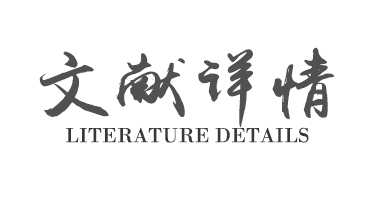摘要:
Background: Auricular acupressure (AA) is widely used in treatment of dysmenorrhea, but the safety and efficacy of auricular acupressure on dysmenorrhoea are still lack of evidence-based basis. Objective: The purpose of meta-analysis was to evaluate the effects of auricular acupressure on dysmenorrhea. Data sources: A systematic search was conducted in six electronic databases, including PubMed, Embase, Cochrane Central Register of Controlled Trials (CINAHL), Weipu (CQVIP), China National Knowledge Infrastructure (CNKI), and Wanfang databases, to retrieve studies published from the inception dates to June 10, 2022. Study selection: Randomized controlled trials (RCTs) that investigated the effectiveness of AA on dysmenorrhea were identified. Data extraction and synthesis: The data extraction and quality assessment of the included studies were performed by two reviewers independently. Outcomes were abstracted to determine the effect measure by using mean differences (MD), standardized mean differences (SMD), or odds ratio (OR) from a random effects model. Main outcomes and measures: Cure rate, total effective rate, and visual analogue scale (VAS) were described as primary outcomes; Short-form Menstrual Distress Questionnaire (MDQs), symptom scores, serum nitric oxide (NO) level, and adverse events were recorded as secondary outcomes. Results: Thirty-five RCTs involving 3960 participants were included in this study. Our findings indicated that, overall, AA was associated with a significant benefit in cured rate (OR = 1.95, 95%CI: [1.34, 2.83], P=0.0004, I-2 = 75%), total effective rate (OR = 3.58, 95%CI: [2.92, 4.39], P < 0.00001, I2 = 67%), VAS score (MD =-1.45, 95%CI: [-1.73,-1.17], P < 0.00001, I2 = 67%), and symptom scores compared to the control group (SMD =-0.85, 95%CI: [-1.28,-0.43], P < 0.0001, I2 = 91%). However, no difference in serum NO (SMD = 0.77, 95%CI: [-0.39, 1.92], P = 0.19, I-2 = 89%) and MDQs (SMD =-0.58, 95%CI: [-1.26, 0.10], P = 0.10, I2 = 79%) was found between the two groups. Furthermore, subgroup analysis results indicated that AA showed significant superiorities in increasing cured rate and total effective rate, and reducing VAS score and symptom scores when compared to analgesics and non-intervention. Moreover, AA presented the same superiorities when used as an adjunctive strategy to other therapy. However, these benefits were not detected in AA used alone when compared to the therapies, including Chinese herbs, acupuncture, external application of Chineseherbal medicine, moxibustion, auricular needle, and health education. Conclusions: Overall, AA, as a potential safety therapy, is effective for the management of dysmenorrhea, such as increasing cured rate, total effective rate, VAS, and symptom scores. Nevertheless, AA showed no significant improvement in serum NO and MDQs. It is furtherly found that AA used alone is superior to analgesics and non-intervention regarding cured rate, total effective rate, VAS, and symptom scores. Furthermore, the same superiorities are observed when AA serves as an adjunctive strategy to other therapy. However, AA alone has little effect on them compared to other therapies, and there is no definite conclusion on the benefits of AA compared to placebo for patients with dysmenorrhea. Rigorous RCTs with blind method and placebo control are warranted to confirm these findings.

